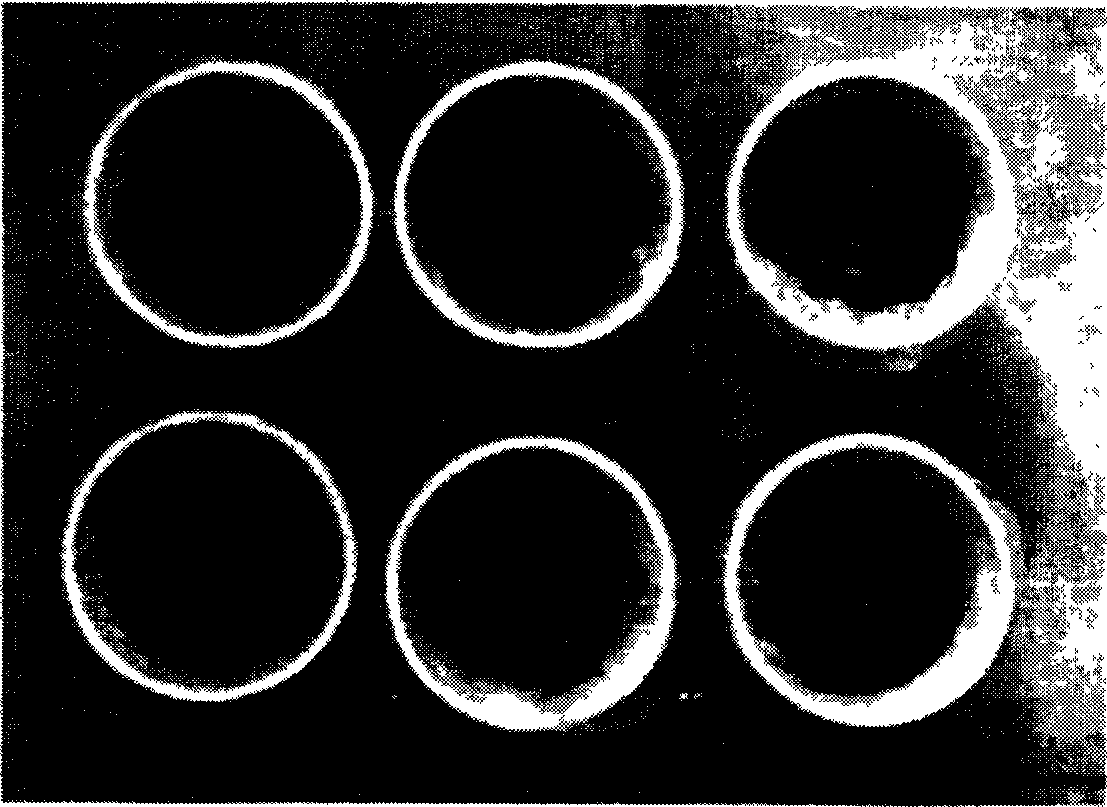Method for recovering gangue vegetation using mycorrhiza technology
A technology of metal tailings and mycorrhizal application, applied in the fields of botanical equipment and methods, applications, horticultural methods, etc., can solve the problems of difficult plant growth, high heavy metal concentration, poor physical structure, etc., and achieve strong nutrient acquisition. capacity and drought resistance, improving adaptive capacity, and efficiently restoring the ecological balance of the mining area
- Summary
- Abstract
- Description
- Claims
- Application Information
AI Technical Summary
Problems solved by technology
Method used
Image
Examples
Embodiment
[0073] Mycorrhizal fungi (Glomus caledonium (Nicol & Gerd) Trappe & Gerdermann) multiply on maize as a host, and use rhizosphere soil containing host plant roots, mycorrhizal fungal spores and extra-root hyphae as inoculants. Leguminous plant Trifolium repens L., Compositae plant Coreopsis drummondii Torr. Et Gray and fern plant Centipede (Pterisvittata L.) were used as test plants. White clover and coreopsis seeds use 10% H before sowing 2 O 2 Surface disinfection and germination at room temperature. Centipede grass spores are pre-cultured to obtain seedlings for transplanting.
[0074] The copper tailing sand was mined from Tongling City, Anhui Province. Basic physical and chemical properties: pH (1∶2.5 water extraction), 8.68; organic matter content, 0.44%; total nitrogen, 0.031%; available phosphorus (Olsen-P), 1.56mg kg -1 ; Total copper content, 1375mg kg -1 ; Exchangeable copper content, 341mg kg -1 . The tailings sand is passed through a 2mm sieve and sterilized by irradia...
PUM
 Login to View More
Login to View More Abstract
Description
Claims
Application Information
 Login to View More
Login to View More - R&D
- Intellectual Property
- Life Sciences
- Materials
- Tech Scout
- Unparalleled Data Quality
- Higher Quality Content
- 60% Fewer Hallucinations
Browse by: Latest US Patents, China's latest patents, Technical Efficacy Thesaurus, Application Domain, Technology Topic, Popular Technical Reports.
© 2025 PatSnap. All rights reserved.Legal|Privacy policy|Modern Slavery Act Transparency Statement|Sitemap|About US| Contact US: help@patsnap.com

